Bamboo fever is sweeping the nation. From California to Cape Canaveral, from Connecticut to Colorado, people everywhere want to use and grow those great grasses. In California and Florida, the states of seemingly endless, golden sunshine, growing bamboo is a no-brainer. But out in New England or up in the Rocky Mountains, cultivating the tropical flora is not so straightforward. We actually get calls and emails from quite a few readers, wanting to know if it’s even possible. Can you grow bamboo in Colorado? And if so, where’s the best place to buy it?
Yes, you can grow bamboo in Colorado. Although many species of bamboo are endemic to the tropics and subtropics, plenty of varieties can tolerate a freezing cold winter. You might not get a bamboo jungle growing up in Leadville, at 10,400 feet, but there’s no shortage of bamboo that are hardy down to zero or -10º or even -20º Fahrenheit. Most of these cold hardy bamboos are of the running variety, with those famously vigorous roots. However, there are a handful of cold-friendly bamboos of the slower-spreading, clumping variety. So even in the high altitudes of the Colorado Rockies, you can enjoy a few varieties of bamboo in your alpine garden.
In the following article — first published in September 2020 and most recently updated in May 2024 — we’ll describe some of the best varieties of bamboo to grow in Colorado climates. We’ll also help you find some places to buy bamboo in the Rocky Mountain State.
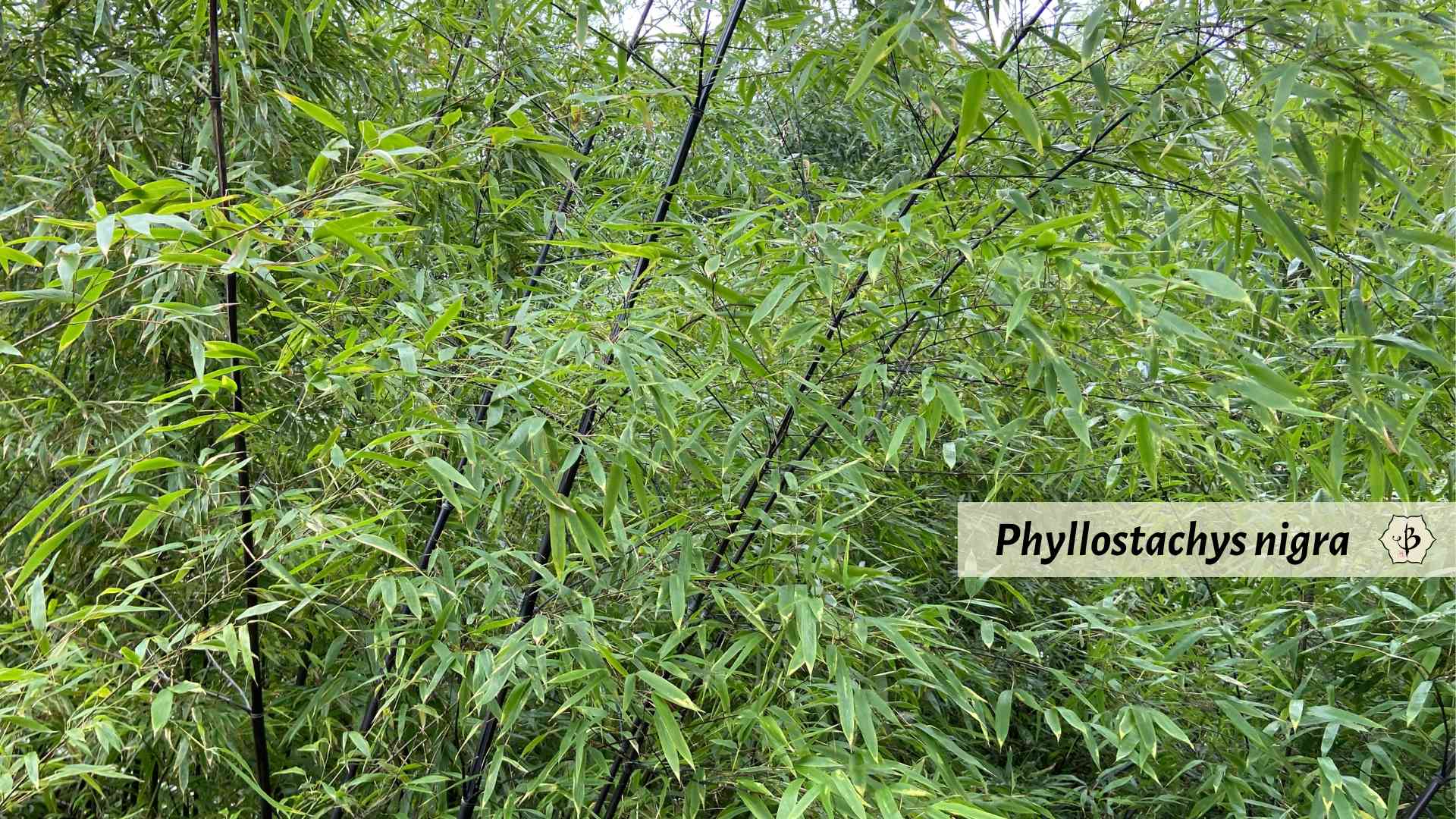
Bamboo species for high altitudes
When you think of bamboo, you typically picture tropical jungles of Malaysia and Indonesia. But certain kinds of bamboo also grow very happily on the slopes of the Himalayas and the snowy mountains of Japan. So there’s no reason not to grow bamboo in Colorado.
If you’re imagining a bamboo grove surrounded by orchids and banana trees, you’ll have to adjust your expectations. Although bamboo can look quite stunning in an alpine setting as well. Consider an arrangement with Japanese maples and Mugo pines (dwarf mountain pines), or other conifers with especially short needles. Firs and spruce trees can look great alongside a towering stand of bamboo.
Even in the high elevations, there are enough choices of suitable bamboos. You can opt for prepossessing timber varieties, or the more compact dwarves and ground cover types. Just give your space a thorough evaluation before you get started. Taller bamboos usually pair nicely with taller trees, and shorter bamboos probably look better with smaller trees and shrubs.
Then you have to choose between running bamboos and clumping bamboos. Runners tend to be more cold-hardy, so you’ll have more options with runners. But they also have the potential to become invasive and spread out of control. This can be an unpleasant surprise to you (and your neighbors) a couple years down the road. If you have the space for it, and you want a privacy hedge that will fill in quickly, running bamboo can be an impressive addition to the garden though.
If you’re afraid of invasion, however, or the scrutiny of your neighbors, you may prefer a clumping bamboo. (Some local ordinances and homeowners associations actually have rules against planting running bamboo.) The selection of cold hardy clumpers is a bit more restricted, but as you’ll see in the list below, you’ll still have a reasonable variety to choose from.
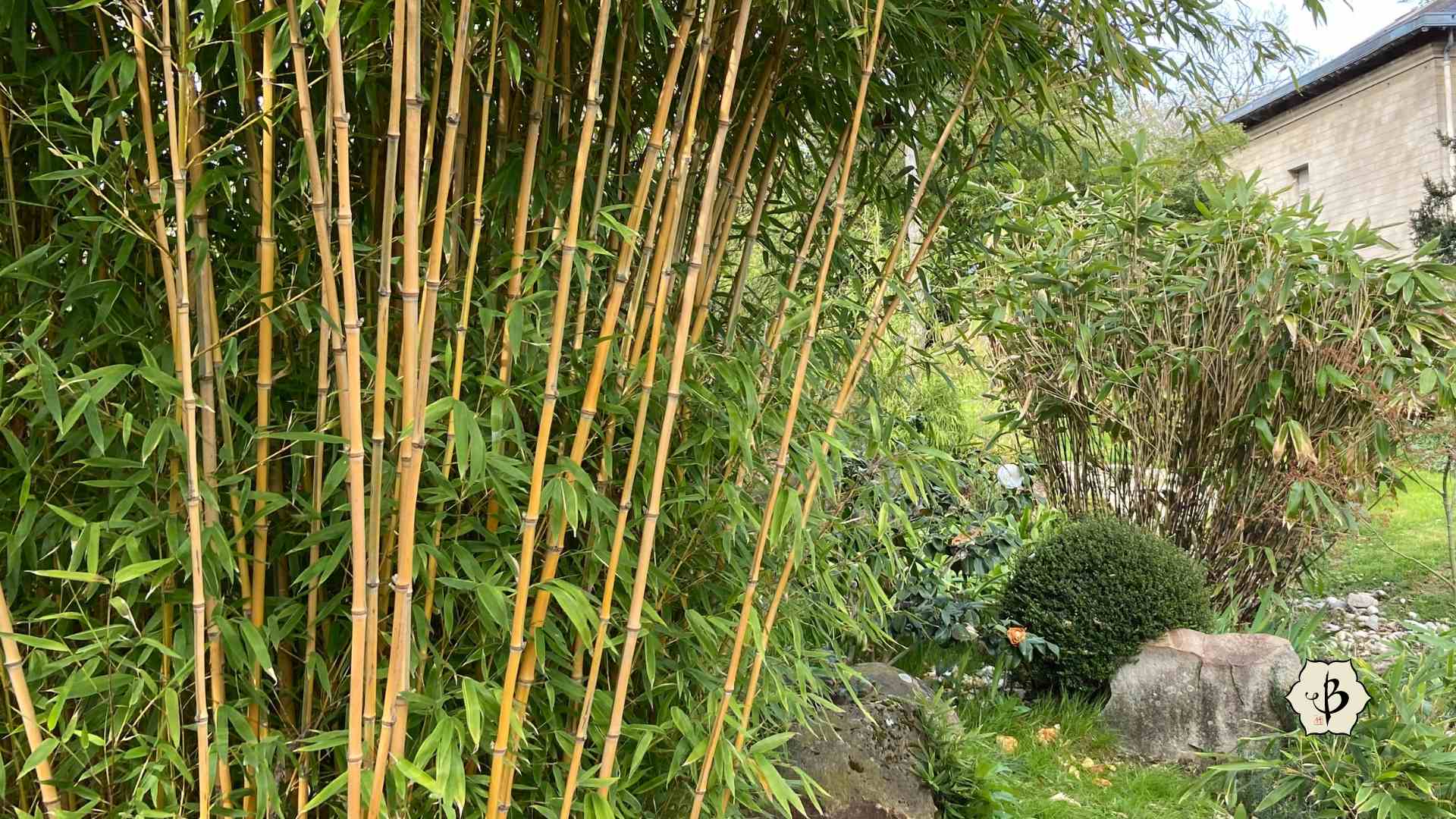
Running bamboo in the cold
- Phyllostachys aureosulcata: The “yellow groove bamboo” is easily recognizable for the yellow stripe that’s visible on the dark green culms. A subspecies known as “crookstem bamboo” has shoots that sometimes grow in a zig-zag manner. Even more beautiful is the subspecies ‘Spectabilis’, buttery yellow culms and erratic green stripes. These visually interesting and attractive varieties can grow up to nearly 50 feet in height, even in freezing temperatures. But in zones where it commonly drops below -10 or 15º F, it probably won’t grow more than 10 feet tall.
- Phyllostachys heteroclada f. solida: This subspecies of “water bamboo” is commonly known as “solid bamboo”. It’s one of the few varieties that actually has a solid stem, rather than being hollow inside. It’s also a bit more cold-resistant than ordinary water bamboo, hardy down to -10º F.
- Phyllostachys bissetii: Very dense growing, with a thick bushy canopy, and very cold hardy. The one-inch shoots will grow up to about 20 feet in height. Cold-hardy to at least -10º F, even down to -25º with proper mulching.
- Phyllostachys nuda: A very attractive and cold hardy species, its culms get 1-2 inches in diameter and 25-30 feet in height. Young shoots appear very dark, almost black, turning a rich, dark green as they mature, usually with pretty, white rings around the culm nodes.
- Phyllostachys atrovaginata: Popularly known as “incense bamboo”, this variety has a waxy coat that gives the culms a very pleasant fragrance in hot weather or when rubbed. Many gardeners appreciate how fast his bamboo grows, with thick culms of 3 inches or more in diameter and up to about 40 feet in height. Good at temperatures as low as -10 or 15º F.
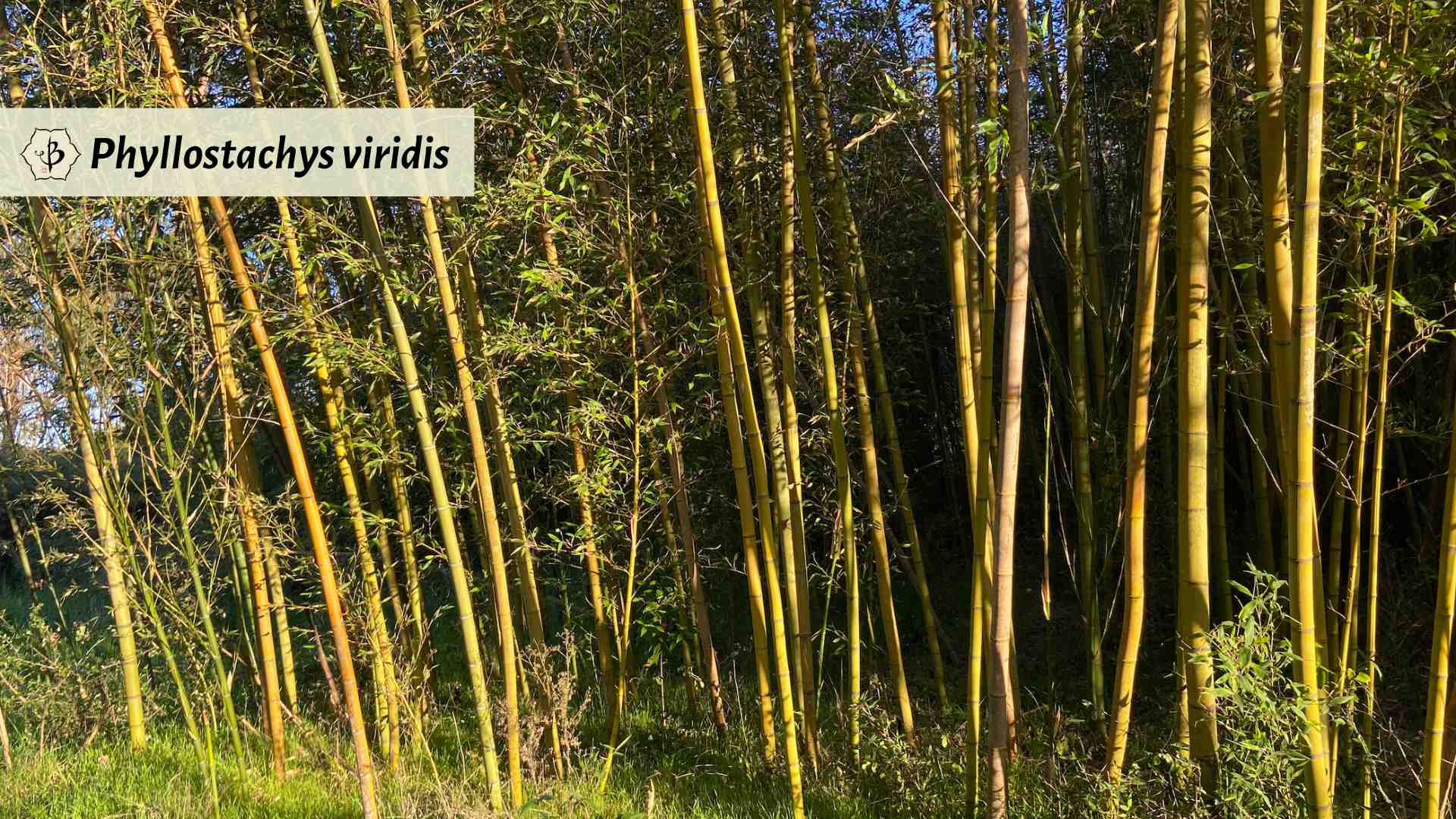
- Phyllostachys parvifolia: Like water bamboo, the rhizomes of this species are well adapted for wet and saturated soil. Small leaves make the thick, dark green culms stand out, and the white rings around the nodes give them even more character. Fresh shoots of this variety are reputed to be delicious in flavor. Mature shoots can get up to 40 feet tall, and it is cold hardy down to -15º F.
- Bashania fargesii: The thick, sturdy culms with dense foliage make this an especially popular choice for windbreaks and privacy screens. It’s also one of the most vigorous growers, so watch out! Native to the mountains of southern China, this species is cold hardy down to around 0º F. Culms reach about 2 inches in diameter and 20 to 30 feet in height, with unusually long internodes.
- Indocalamus tessellatus: This unusual, low-growing bamboo is also known as “Giant leaf bamboo” because it has the largest leaves of any species, up to 2 feet long and 4 inches wide. But the plant itself is not so massive. This semi-dwarf specimen can grow up to about 10 feet tall, with half-inch thick culms. It’s popular for erosion control and very cold hardy, to around -10º F.
REMEMBER: If you’re planting running bamboo, like any Phyllostachys variety, always use a root barrier. Check out this Deep Root Barrier available from Amazon. Also check out this detailed article on bamboo containment practices.

Clumping bamboo for the cold
- Fargesia murielae: Commonly known as “umbrella bamboo”, many consider this to be among the most beautiful varieties for cultivation. New shoots have a light blue hue, turning dark green and yellow with age. Growing this bamboo in a shady area will help preserve the rich blue shade. Thin shoots will get about 12 feet tall, and it’s hardy down to -20º F.
- Fargesia nitida: “Blue fountain bamboo” earned its name from the dark purple, bluish culms and the thick, cascading canopy of foliage. One-inch poles can get to about 15 feet tall, and thrive in temperatures as low as -20º F.
- Fargesia dracocephala: “Dragon head bamboo” has thick culms growing to about 10 feet, with a thick, weeping leaf canopy that can provide a good privacy hedge. Not recommended for hot, humid climates, but cold hardy down to -10º F.
- Fargesia rufa: A compact, thick and bushy variety, Rufa much prefers the cooler climates, and also does well in partial shade, protected from afternoon sun. This species is hardy down to -15º F. Thin culms grow to about 10 feet tall.
- Fargesia sp. ‘Jiuzhaigou’: This species includes many interesting and cold hardy cultivars, including “red dragon” and “black cherry”. As the names suggest, these are some more colorful varietals. With thin culms growing to around 10 feet, this is a more compact species of bamboo, but cold hardy down to -20º F.
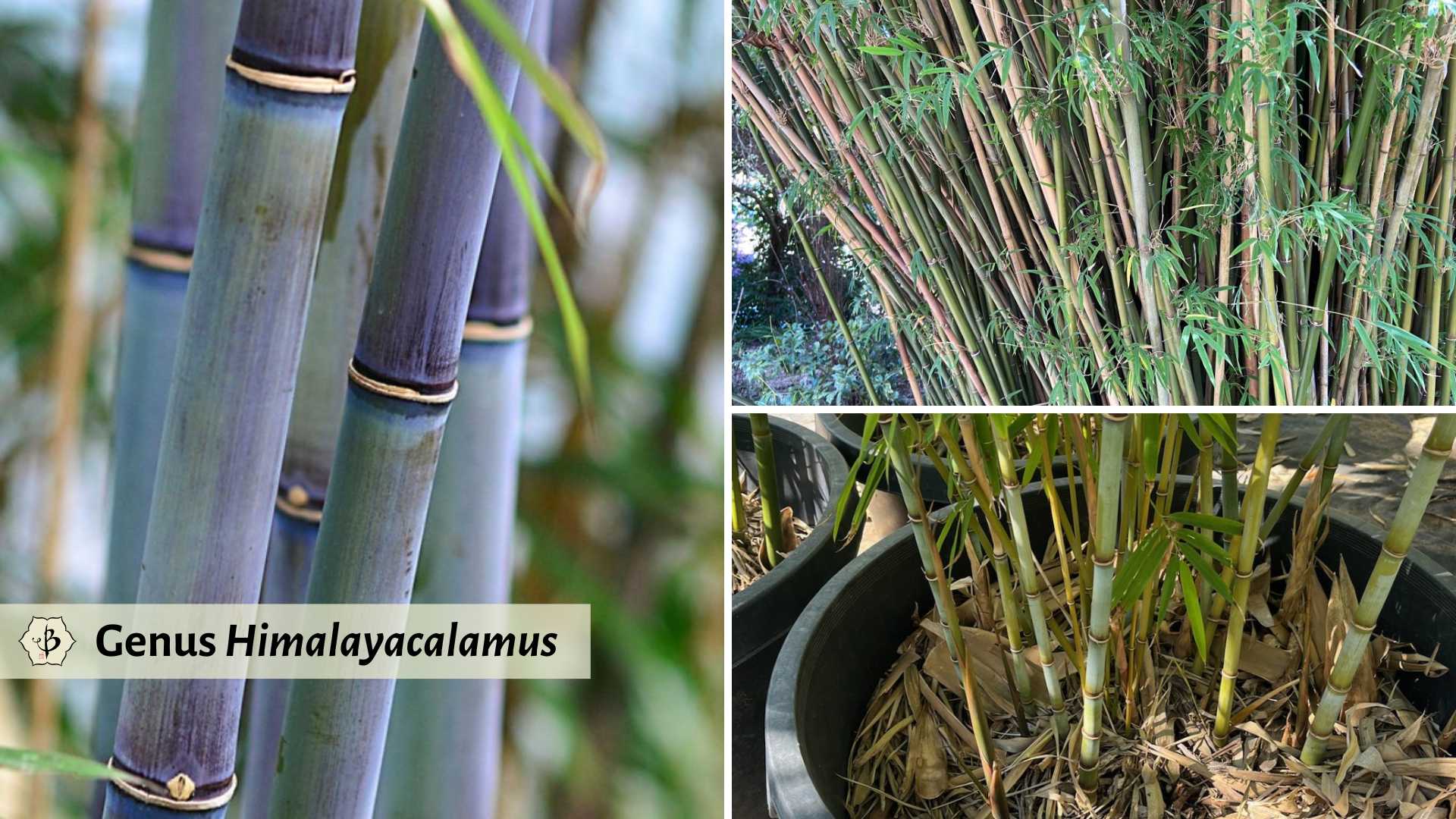
Brace your bamboo for the cold
We all like to bundle up for a cold winter. Bamboo is no different. Give your roots the warmth and security of a good mulching as the winter starts to kick in. A good 5 or 6 inches of bark and wood chips, even pine needles, will go a long way to help your bamboo make it through the depths of winter. Bamboo in pot will have a harder time surviving the freezing weather, as the roots have less insulation. If you have any potted bamboo, you might want to bring it indoors for the winter.
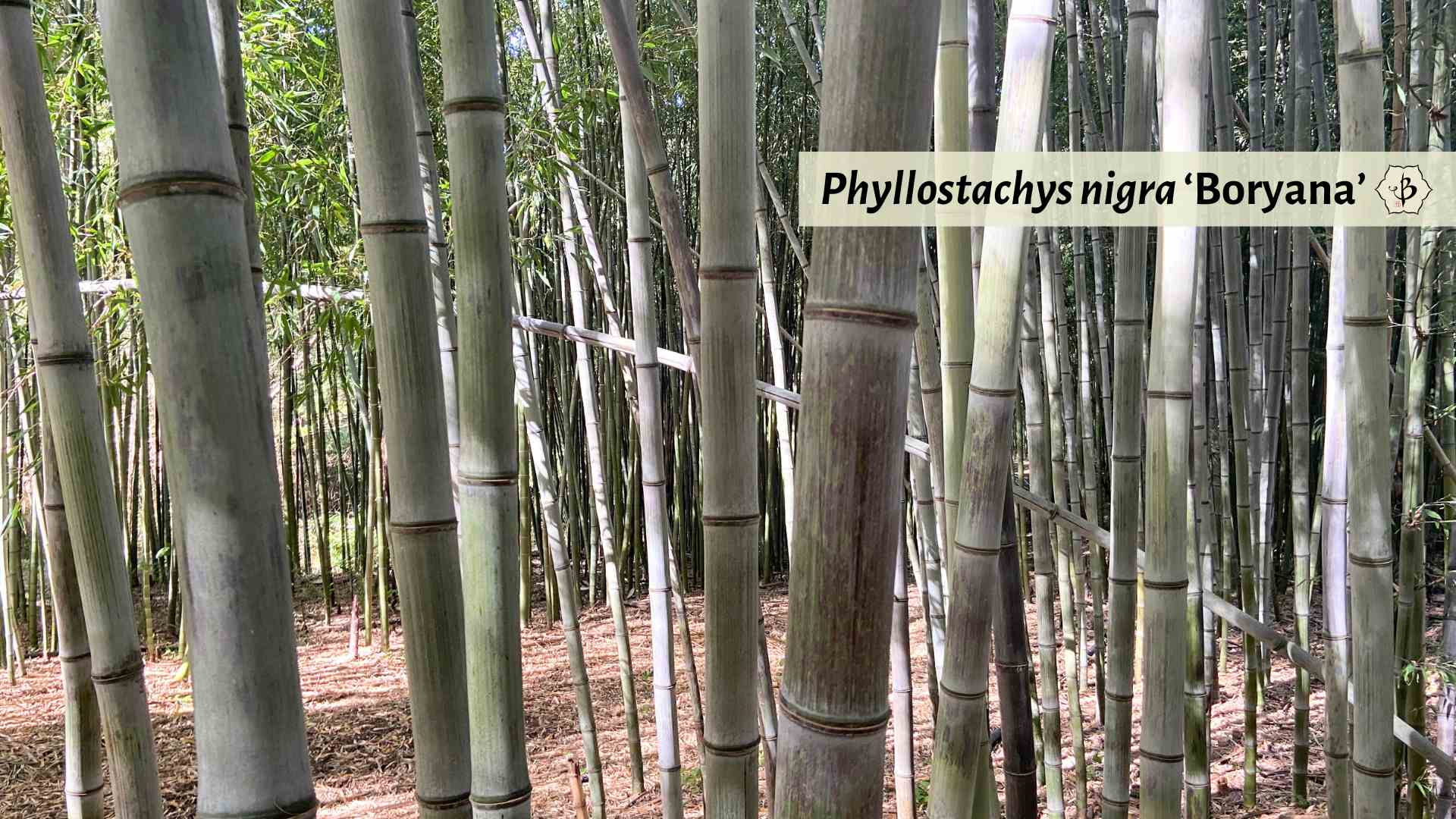
Where to buy bamboo in Colorado
Colorado may not have the kinds of bamboo specialty nurseries that you come across in California or Florida, but there are a few places where you can shop for live bamboo. And if you don’t have any luck there, or if you have a real specific variety in mind, you can check our national nursery directory. Many bamboo nurseries offer mail-order shipping for long-distance customers.
- Harding Nursery: Growing for over 60 years, they now have more than 60 acres of fields and 10 greenhouses east of Colorado Springs. The main nursery consists of 12 acres of stock and 17 greenhouses. 721 N Powers Blvd, Colorado Springs, CO (719) 234-9900
- Nick’s Garden Center: Serving the Denver Metro region for over 30 years, Nick’s full-service garden center has everything you need for your landscape. 2001 S. Chambers Rd., Aurora, CO (303) 696-6657
- Tagawa Gardens: Operating since 1982, their staff boasts more than 800 years of combined experience helping the community grow successful gardens. 7711 S. Parker Rd., Centennial, CO (303) 690-4722
Learn more
If you’re interested in growing bamboo in Colorado and higher altitudes, and you found this article helpful, you might also enjoy the following posts:
- Where to find bamboo in Canada
- Growing bamboo: A complete how-to guide
- Growing bamboo in the shade
- Should I plant a bamboo hedge?
- Running bamboo: Why must you run?
- Best clumping bamboos: Never run again
- Best bamboos for building and construction
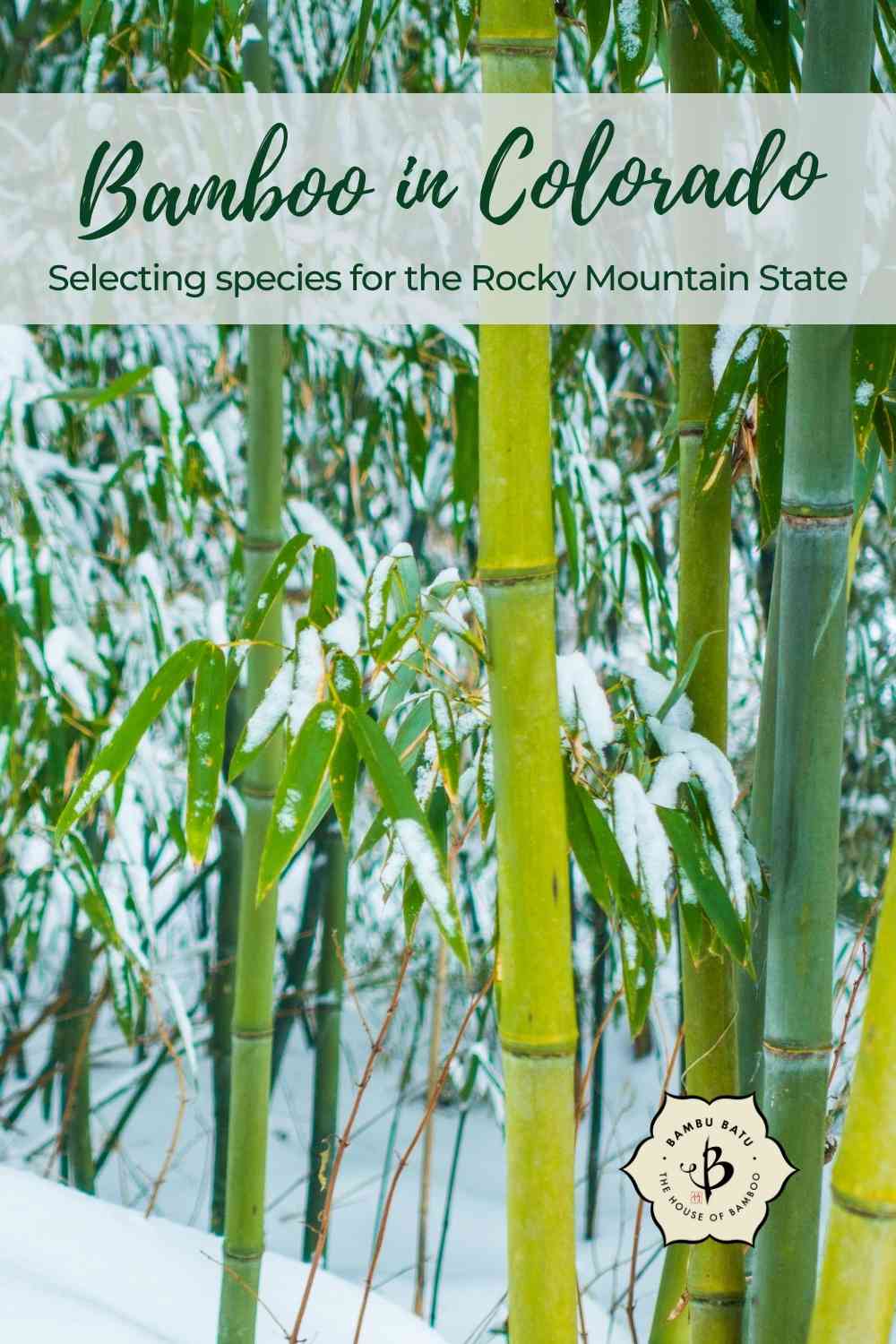


























Very interesting, & we’re VERY interested in the possibility of growing bamboo on our original family homestead of 8 acres… southern front range Colorado approximately 6000ft elevation.
Sounds like a fabulous project!
Fred, I planted Fargesia Rufa on the north side of my home near Boulder, Colorado 2 years ago. It has survived two winters, with this last winter being particularly cold (down to -20 degrees). Most of the 3 clumps I planted are tan colored and appear dead, but much of the plants became green again last spring (or maybe they just sent up new canes?). I do see new green stems just now coming up at the base of the clumps. Do I leave the tan colored foliage alone, or trim out what stems seem dead, or are they like our ornamental grasses that we cut way back in the winter here?
If the foliage is brown and dead, then cut it back for sure, all the way to the ground. Leave the green stems. Usually the Fargesia will survive and stay green through the winter. But it sounds like you had an abnormally cold one last year.